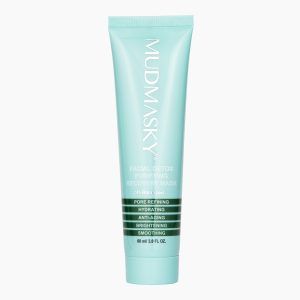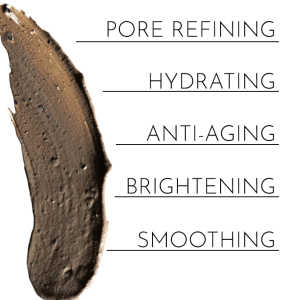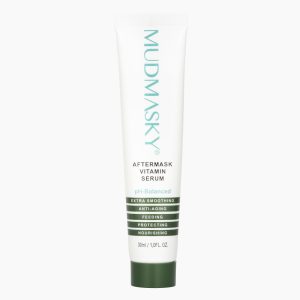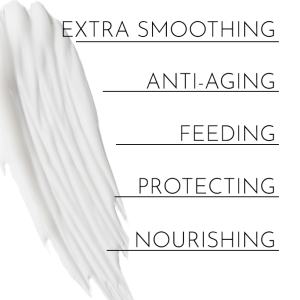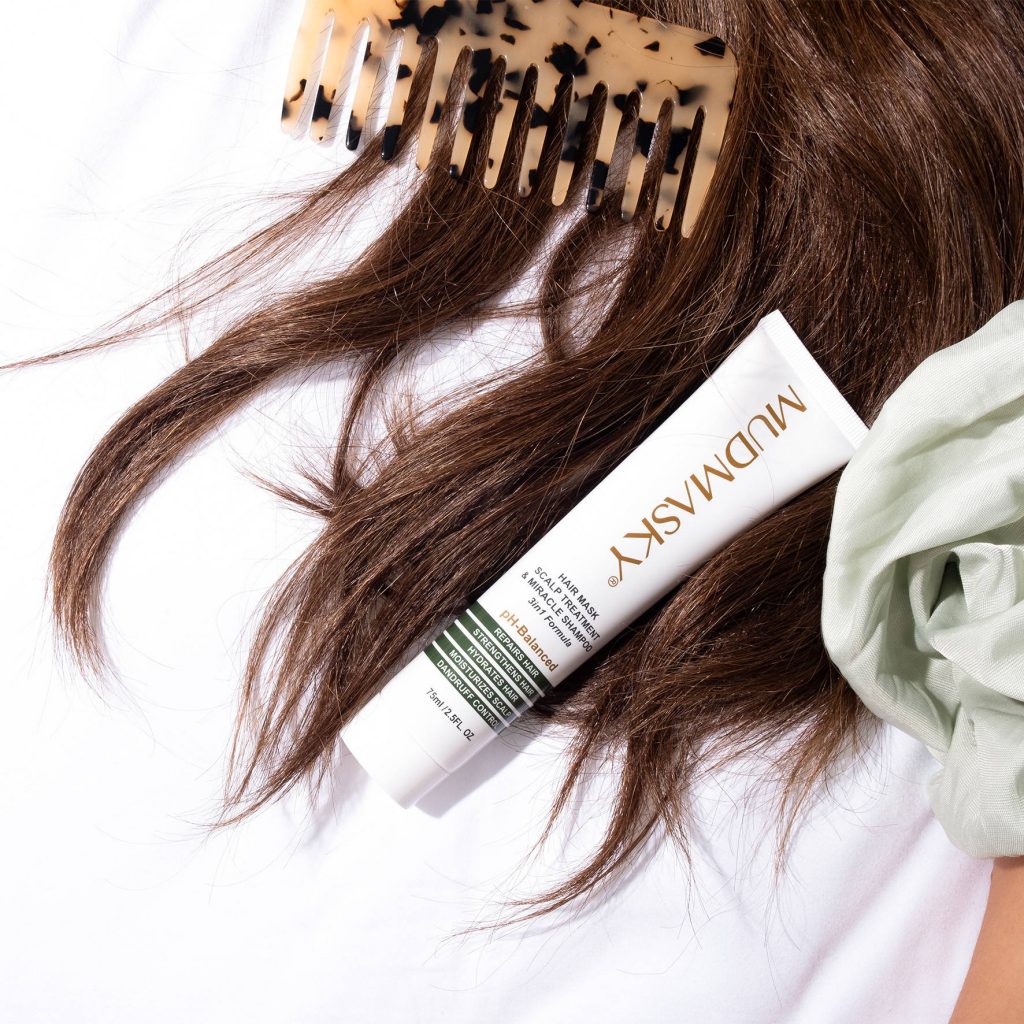TANGLED HAIR AND HOW TO GET RID OF IT
INTRODUCTION
Great, matted hair, a bed head or wild, puffy hair after waking up. Endless combing, trying to get it straight, or just desperately trying to get it into a state where you can manage it. Yes, a problem we all unfortunately have to deal with on a regular basis. So is there a solution or an alternative? A way we can eliminate the problem without cutting our hair off? The answer is yes, there is a solution to matted hair, and several solutions at that. In this blog, we will discuss and compare some ways to deal with matted hair in a non-damaging way.
Hair type is the most important factor in deciding how to deal with this problem. This is necessary because not every method is suitable for every hair type. It’s awkward, but there are 4 different hair types altogether. Straight, wavy, curly and frizzy hair.
So let’s start with
1. STRAIGHT HAIR
Straight hair is perhaps the easiest to define when considering the other hair types. Straight hair gets greasy more easily and a little too much hair product can be “a lot too much” very quickly. Straight hair is generally flat compared to the other hair types and reflects light more easily. This makes the hair look shinier than curly hair, for example. Straight hair has less volume and therefore does not tangle as quickly as curly hair, for example. However, this does not mean that there are no tangles.
2. WAVY HAIR
Wavy hair is something different…. You may know this situation all too well: you have just brushed through your hair, and when you look in the mirror afterwards, all you see is a very fluffy comb-out. In winter your hair is straight and some days it makes an exception and appears very curly. Wavy hair is indeed something else. Blackheads are common, greasy hair is not always the case, but almost always when you have brushed through your hair, your fluffy hair is with you, for better or worse.
3. CURLY HAIR
Curly hair is frizzier than wavy hair. Because the individual strands are more formed, the natural oils hardly distribute and you will be adding products to your hair more often than with the two hair styles above. You can do several hairstyles, either combing it all straight to put it in an elegant chignon, or just wearing your natural curls open.
4. CURLY HAIR
Coily hair is tricky, there are sub-types of this hair type. By this we mean that not everyone with coily hair has the same curls. Some people have less defined, tighter curls, while others have more defined curls. Coily hair is, as mentioned before, very sensitive. It is drier than all other hair types and therefore the most sensitive hair type.
Tips and tricks for tangled hair
Now that we have analysed what type of hair you have, let’s look at the tools we can use to detangle your hair. There are different tools, from fingers to combs to brushes and so on.
Straight hair
Since people with straight hair are generally less tangled than other hair types, there aren’t many tools you can’t use. A brush or comb with strong bristles is usually enough. If you want to create more volume, use the toupee technique with a toupee brush. If you have thin, straight hair, try detangling it with a detangling brush and go over the hair gently. Straight, thin hair breaks easily and toupeeing is not ideal as it can damage the hair. Try giving your hair more volume by blowing it out with a hairdryer and a foundation with as many natural ingredients as possible.
WIGGED HAIR
For wavy hair, use a detangling brush with firm, sturdy bristles. Wavy hair can get fluffy and/or frizzy very quickly, so use a detangling brush that doesn’t work too much in one place. Do not pull your hair when it gets frizzy. Start brushing at the ends and slowly work your way up. If you want, you can use an anti-tangling spray. Try to use a detangling spray that contains as many natural ingredients as possible to avoid damaging your hair in the long run.
CURLED HAIR
If you have curls, you can comb them out, depending on how thick your curls naturally are. If you want to define your curls, it is advisable to brush your hair in the shower (rinse the roots with cold water) and after washing, add products to your hair and then blow-dry it. This way you can better define your curls and don’t have to brush them out. Brush your hair with a coarse-tooth comb to detangle it. However, we do not recommend brushing your hair out with a normal detangling brush, as you can brush out the curls this way.
LOCKED HAIR
If you want to separate the curls from themselves, use a comb with strong tines that are not as wide as the ones you normally use. It is not advisable to use a detangling brush as this can break the curls very quickly. Be very gentle with them. This requires more time, but if you like, take a strand of hair and brush it with a narrow-toothed comb. Do this very slowly, combing strand by strand until your hair is completely combed out.
The most common method is to detangle your hair in the shower. We advise against this only if your hair is properly washed. If your hair type requires it, we advise you to continue brushing your hair in the shower, but then not to use hot water on the roots. When you wash your hair with hot water, the strands are easier to pull out. Your pores open up and so, without really hurting yourself, you can easily pull out a few strands of hair at a time. Use cold water and a natural shampoo. Use a natural conditioner on the ends and less on the roots.
Most products on the market are made with silicones and parabens. They make your hair feel soft and smooth. They fill the micro gaps in your hair and make your hair feel silky smooth. Unfortunately, it doesn’t last very long. Both silicones and parabens damage your scalp and after a while, your hair. Be aware of these chemicals.
Do you use a hair mask, shampoo or conditioner?
This depends on 2 very important factors:
Hair type (yes… again).
Chemically treated hair
If your hair is chemically treated, MUDMASKY has the perfect solution: the first hair mask, scalp treatment and miracle shampoo – made from natural ingredients.
Because hair masks stay in your hair, unlike shampoo, your scalp and hair absorb more minerals and vitamins. Natural hair masks are more beneficial because they can stay in your hair longer without damaging it and contain many vitamins. They make your hair more flexible and stronger, and also prevent hair loss. A little tip: If you use a hair mask, try massaging your scalp together with the hair mask. This stimulates hair growth.
We hope these tips will help you cope with tangled hair more easily, because every hair type is beautiful and cool in its own way. Appreciate it, take care of it and be patient.
